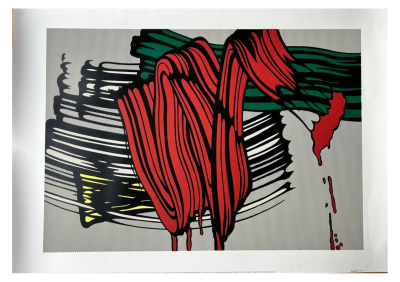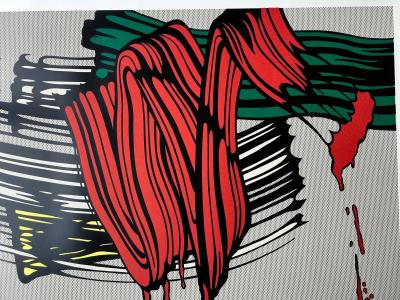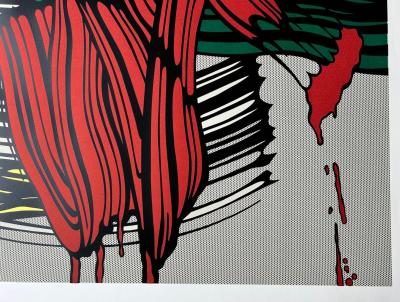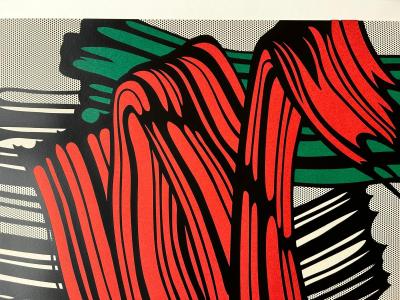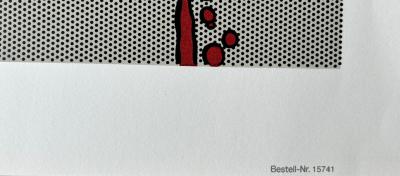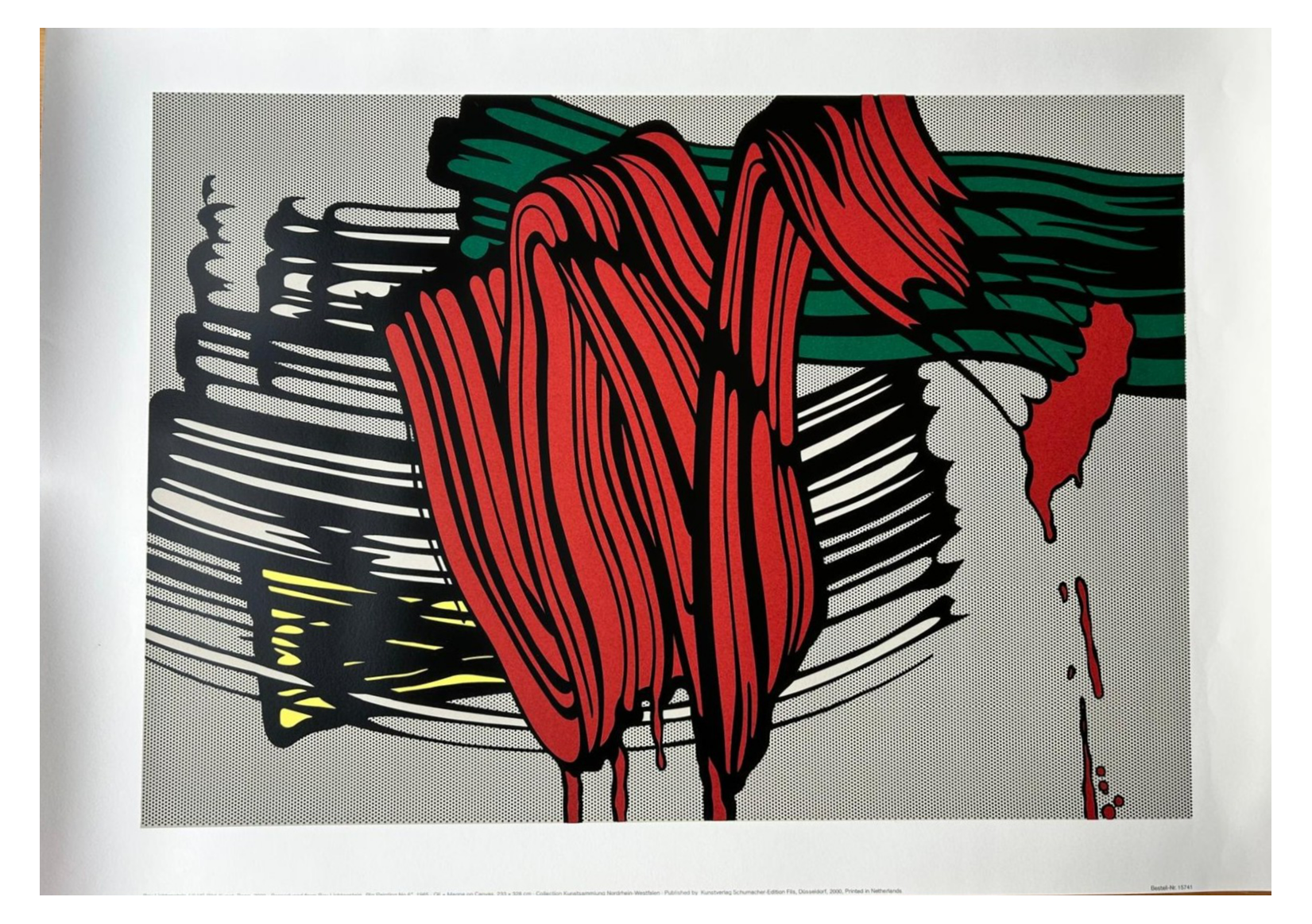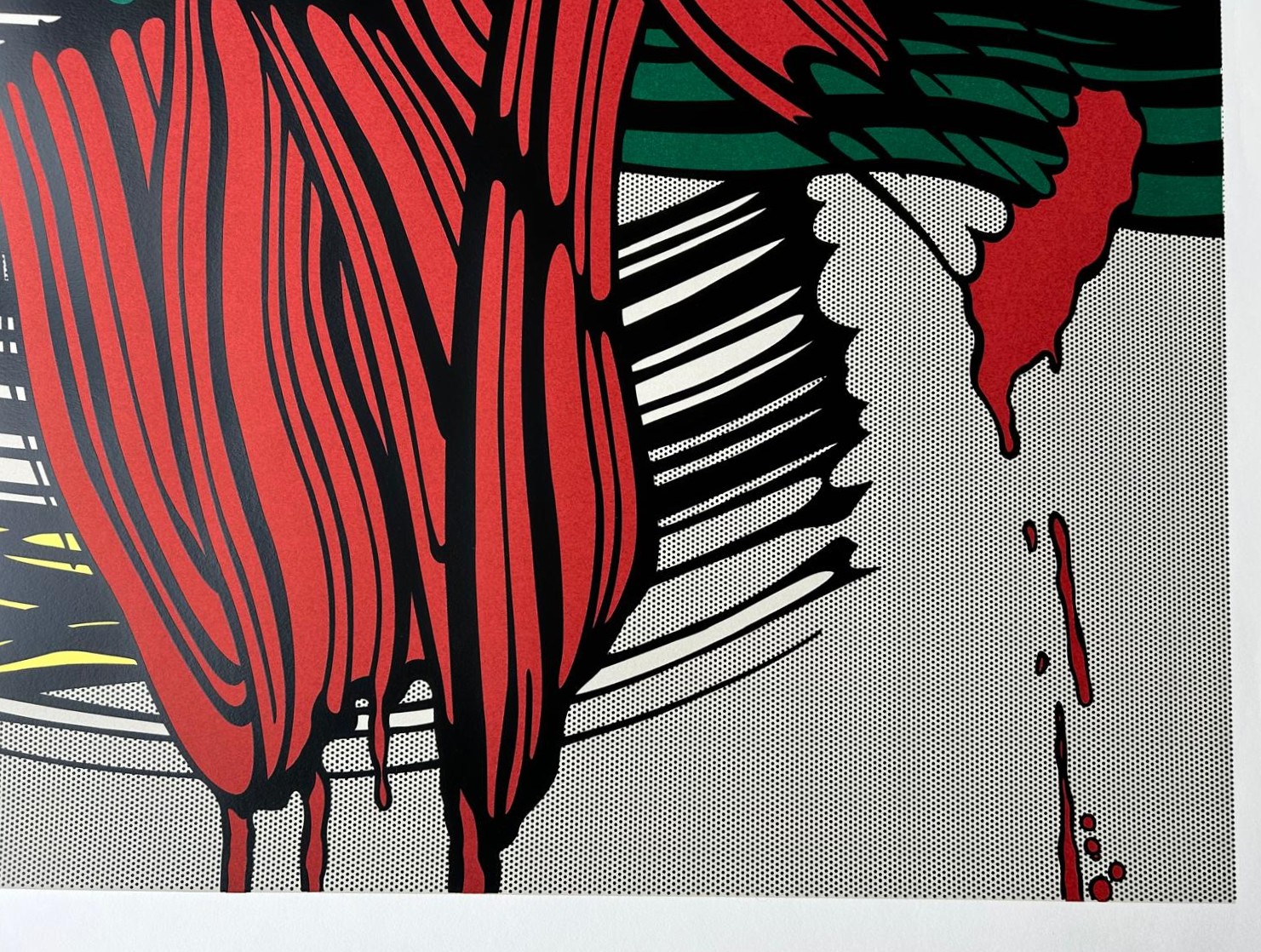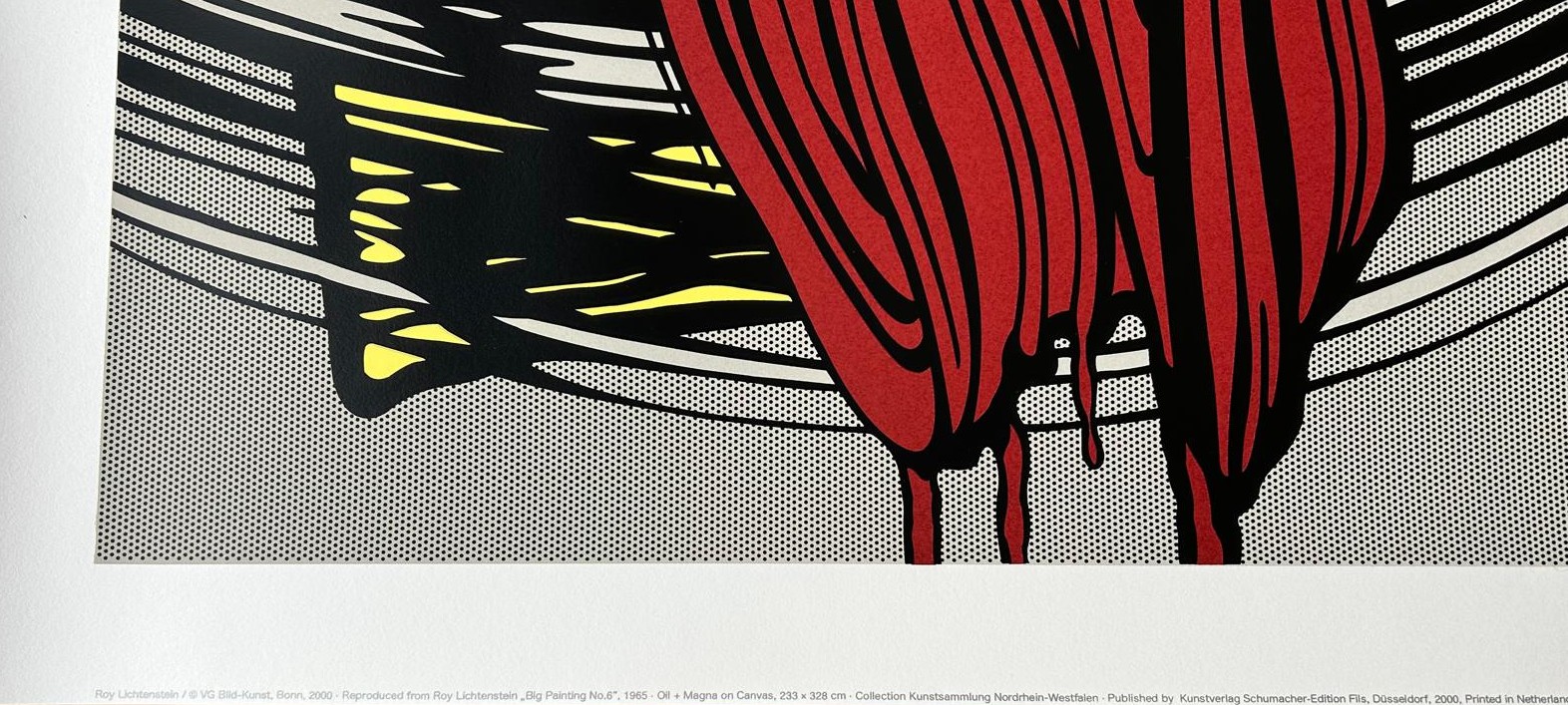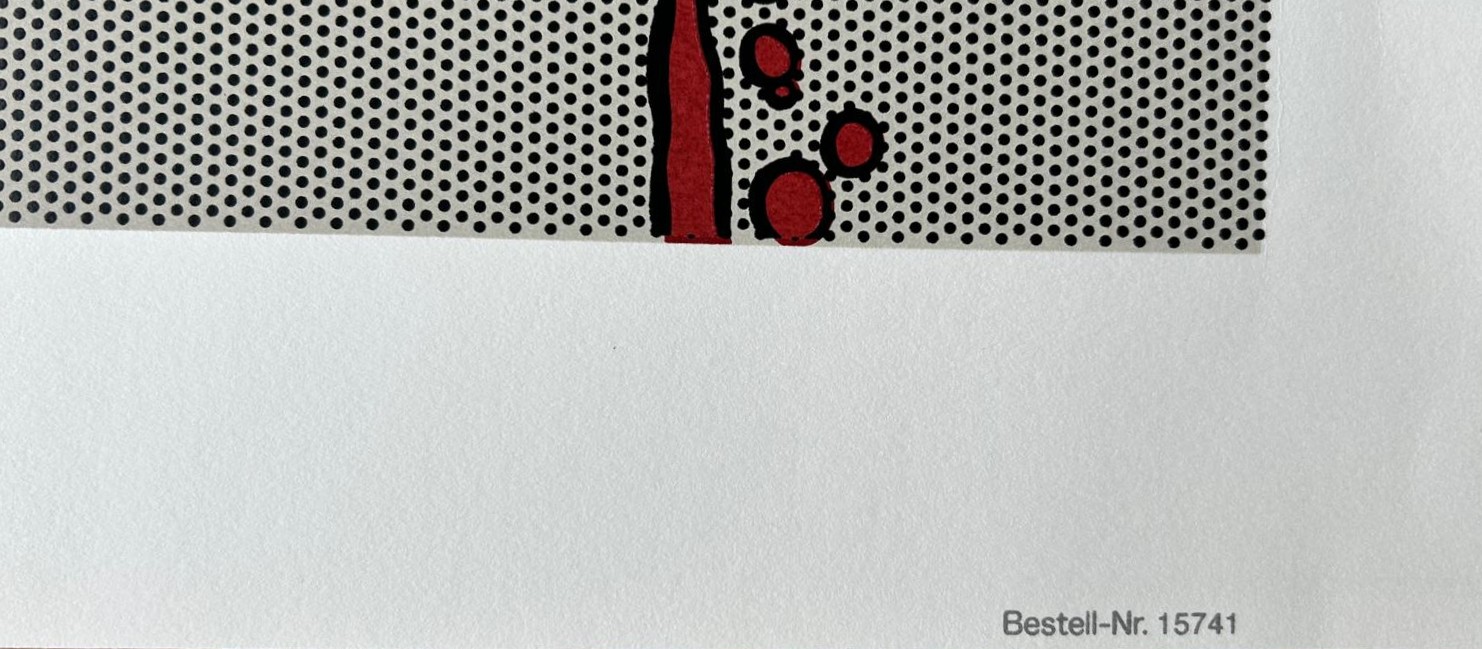Retour
Ver todo el catálogo
-
-
- Alexander Calder(23)
- André Derain(87)
- Andy Warhol(19)
- Antoni Tapiès(20)
- Arman(28)
- Aurélie Nemours(1)
- Bengt Lindström(23)
- Bernard Buffet(198)
- César(8)
- Charles Eames(1)
- Charlotte Perriand(17)
- Claude Weisbuch(36)
- Corneille(15)
- Eduardo Chillida(12)
- François Morellet(1)
- Georges Braque(85)
- Gustave Klimt(6)
- Hans Bellmer(19)
- Hans Hartung(17)
- Henri Matisse(176)
- Hervé Télémaque(4)
- Jacques Villeglé(8)
- Jean Cocteau(217)
- Jean Hélion(11)
- Jean Miotte(12)
- Jean Picart Le Doux(6)
- Joan Miro(114)
- Karel Appel(1)
- Keith Haring(21)
- Ladislas Kijno(2)
- Léonard Tsugouharu Foujita(48)
- Leonor Fini(103)
- Louis Toffoli(14)
- Marc Chagall(366)
- Marie Laurencin(45)
- Maurice de Vlaminck(82)
- Maurice Utrillo(17)
- Max Ernst(41)
- Mimmo Rotella(4)
- Niki de Saint Phalle(5)
- Pablo Picasso(411)
- Peter Klasen(9)
- Philippe Pasqua(1)
- Pierre Alechinsky(35)
- Pierre Soulages(38)
- Pierre Tal-Coat(5)
- Pierre-Yves Trémois(34)
- Raoul Dufy(50)
- Robert Combas(4)
- Salvador Dali(438)
- Théo Tobiasse(5)
- Tony Soulié(13)
- Valério Adami(35)
- Victor Vasarely(1)
- Yves Brayer(40)
- Zao Wou-Ki(13)
Artistas destacados -
-
Retour
Ver todo el catálogo
-
-
- Alexander Calder(23)
- André Derain(87)
- Andy Warhol(19)
- Antoni Tapiès(20)
- Arman(28)
- Aurélie Nemours(1)
- Bengt Lindström(23)
- Bernard Buffet(198)
- César(8)
- Charles Eames(1)
- Charlotte Perriand(17)
- Claude Weisbuch(36)
- Corneille(15)
- Eduardo Chillida(12)
- François Morellet(1)
- Georges Braque(85)
- Gustave Klimt(6)
- Hans Bellmer(19)
- Hans Hartung(17)
- Henri Matisse(176)
- Hervé Télémaque(4)
- Jacques Villeglé(8)
- Jean Cocteau(217)
- Jean Hélion(11)
- Jean Miotte(12)
- Jean Picart Le Doux(6)
- Joan Miro(114)
- Karel Appel(1)
- Keith Haring(21)
- Ladislas Kijno(2)
- Léonard Tsugouharu Foujita(48)
- Leonor Fini(103)
- Louis Toffoli(14)
- Marc Chagall(366)
- Marie Laurencin(45)
- Maurice de Vlaminck(82)
- Maurice Utrillo(17)
- Max Ernst(41)
- Mimmo Rotella(4)
- Niki de Saint Phalle(5)
- Pablo Picasso(411)
- Peter Klasen(9)
- Philippe Pasqua(1)
- Pierre Alechinsky(35)
- Pierre Soulages(38)
- Pierre Tal-Coat(5)
- Pierre-Yves Trémois(34)
- Raoul Dufy(50)
- Robert Combas(4)
- Salvador Dali(438)
- Théo Tobiasse(5)
- Tony Soulié(13)
- Valério Adami(35)
- Victor Vasarely(1)
- Yves Brayer(40)
- Zao Wou-Ki(13)
Artistas destacados -
-
Crear una cuenta
InicioCatálogo completoArte contemporáneo Litografías, Grabados, EstampasRoy LichtensteinRoy Lichtenstein - Gran cuadro n.° 6 - Serigrafía - 2000
Roy Lichtenstein - Gran cuadro n.° 6 - Serigrafía - 2000
Roy Lichtenstein (después) Gran cuadro n°6 - 2000 Serigrafía 68,6 × 99,1 cm / 27 × 39 pulgadas VG Bild-Kunst Bonn 2000 Reproducido de Roy Lichtenstein Gran Pintura No. 6 1965 Óleo + Magna sobre lienzo 233 x 328 cm Colección Kunstsammlung Nordrhein-Westfalen Publicado por Kunstverlag Schumacher-Edition Fils Düsserdolf 2000 Impreso en los Países Bajos Gran cuadro n.º 6 (a veces Gran cuadro o Gran cuadro VI) es una pintura al óleo y magna sobre lienzo de 1965 de Roy Lichtenstein. Con unas medidas de 235 cm × 330 cm, forma parte de la serie de obras de arte Pinceladas, que incluye varias pinturas y esculturas que representan las acciones de pinceladas de un pintor de casas. Como todas sus obras, es en parte una respuesta satírica a la pintura gestual del expresionismo abstracto. Como la mayoría de las obras de Ben-Day de Lichtenstein, es una representación de reproducción mecánica a través de una técnica pictórica. En este caso, la sátira surge de la representación gráfica del movimiento espontáneo del cuadro en los más mínimos detalles.
Este aviso se ha traducido automáticamente. Haga clic aquí para ver la versión original ((locale)
Roy Lichtenstein (after) Big painting n°6 - 2000 Screen printing 68.6 × 99.1 cm / 27 × 39 in VG Bild-Kunst Bonn 2000 Reproduced from Roy Lichtenstein Large Painting No. 6 1965 Oil + Magna on canvas 233 x 328 cm Collection Kunstsammlung Nordrhein-Westfalen Published by Kunstverlag Schumacher-Edition Fils Düsserdolf 2000 Printed in the Netherlands Large Painting No. 6 (sometimes Large Painting or Large Painting VI) is a 1965 oil and Magna on canvas painting by Roy Lichtenstein. Measuring 235 cm × 330 cm, it is part of the Brushstrokes series of artworks, which includes several paintings and sculptures depicting the brushstroke actions of a house painter. As with all of his works, this is partly a satirical response to the gestural painting of Abstract Expressionism. Like most of Lichtenstein’s Ben-Day works, it is a representation of mechanical reproduction through a pictorial technique. In this case, the satire comes from the graphic representation of the spontaneous movement of the painting in the smallest details.
Artículo puesto en venta por un experto del mercado del arte. Su autenticidad está garantizada.
Artículos asociados: Abstracto
Serigrafia
Roy Lichtenstein
Litografías, Grabados, Estampas
Multiples
A la venta
Precio :
339 € Impuestos incluidos
Gastos e impuestos incluidos
Hotline
+338 9297 7010
No dude en llamarnos en caso de duda
Otros artículos de la categoría « Roy Lichtenstein »
Puede que también le guste:
Hacer una pregunta
